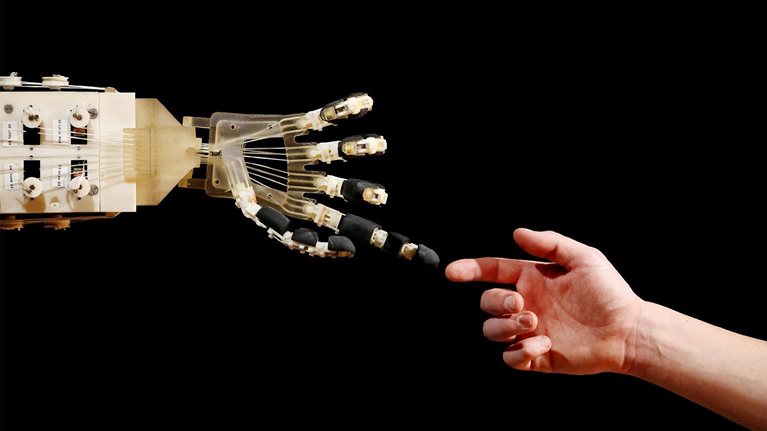Technology adoption can, and often does, cause significant short-term labor displacement, but history shows that in the longer run, it creates a multitude of new jobs and unleashes demand for existing ones, more than offsetting the number of jobs it destroys, even as it raises labor productivity.
An examination of the historical record highlights several lessons. Here are five.
1. Employment in some sectors can decline sharply, but new jobs created elsewhere have absorbed those that have been displaced.
All advanced economies have experienced profound sectoral shifts in employment, first in agriculture and more recently in manufacturing, even as overall employment has grown. In the United States, the agricultural share of total employment declined from 60 percent in 1850 to less than 5 percent by 1970, while manufacturing fell from 26 percent of total US employment in 1960 to below 10 percent today. Other countries have experienced even faster declines: one-third of China’s workforce moved out of agriculture between 1990 and 2015. Throughout these large shifts of workers across occupations and sectors, overall employment as a share of the population has continued to grow. New industries and occupations have emerged to absorb workers displaced by technology.

2. Employment shifts can be painful.
Even if enough new jobs have been created to offset those displaced by technology, the shifts can have painful consequences for some workers. During the Industrial Revolution in England, average real wages stagnated for decades, even as productivity rose. Eventually, wage growth caught up to and then surpassed productivity growth. But the transition period was difficult for individual workers and eased only after substantial policy reforms.
3. Technology creates more jobs than it destroys, including some you can’t imagine at the outset.
New technologies have spurred the creation of many more jobs than they destroyed, and some of the new jobs will be in occupations that cannot be envisioned at the outset; one study found that 0.56 percent of new jobs in the United States each year are in new occupations.

What the future of work will mean for jobs, skills, and wages
Most jobs created by technology are outside the technology-producing sector itself. We estimate that the introduction of the personal computer, for instance, has enabled the creation of 15.8 million net new jobs in the United States since 1980, even after accounting for jobs displaced. About 90 percent of these are in occupations that use the PC in other industries, such as call-center representatives, financial analysts, and inventory managers.
4. Technology raises productivity growth, which in turn boosts demand and creates jobs.
Robust aggregate demand and economic growth are essential for job creation. New technologies have raised productivity growth, enabling companies to lower prices for consumers, pay higher wages, or distribute profits to shareholders. This stimulates demand across the economy, boosting job creation. Rising productivity is usually accompanied by employment growth: it raises incomes, which are then spent, creating demand for goods and services across the economy.
5. We all work less and play more thanks to technology.
Over the long term, productivity growth enabled by technology has reduced the average hours worked per week and allowed people to enjoy more leisure time. Across advanced economies, the length of the average workweek has fallen by nearly 50 percent since the early 1900s, reflecting shorter working hours, more paid days off for personal time and vacations, and the recent rise of part-time work. This growth in leisure has led to the creation of new industries, from golf to video games to home improvement.
Although the historical record is largely comforting, some people worry that automation today will be more disruptive than in the past. Could it be different? Or will historical precedent hold? Our current view is that the answer depends on the time horizon considered (decades or centuries) and on the pace of future technological progress and adoption.
Would you like to learn more about the McKinsey Global Institute?
On many dimensions, we find similarities between the scope and effects of automation today compared with earlier waves of technology disruption, going back to the Industrial Revolution. However, automation going forward might prove to be more disruptive than in recent decades—and on par with the most rapid changes in the past—in two ways. First, if technological advances continue apace and are adopted rapidly, the rate of worker displacement could be faster. Second, if many sectors adopt automation simultaneously, the percentage of the workforce affected by it could be higher.
In short, history is quite reassuring about the impact of technology on employment. While for some workers new technology can be highly disruptive, in the long run, if the past is any indication, creation will triumph over destruction.


